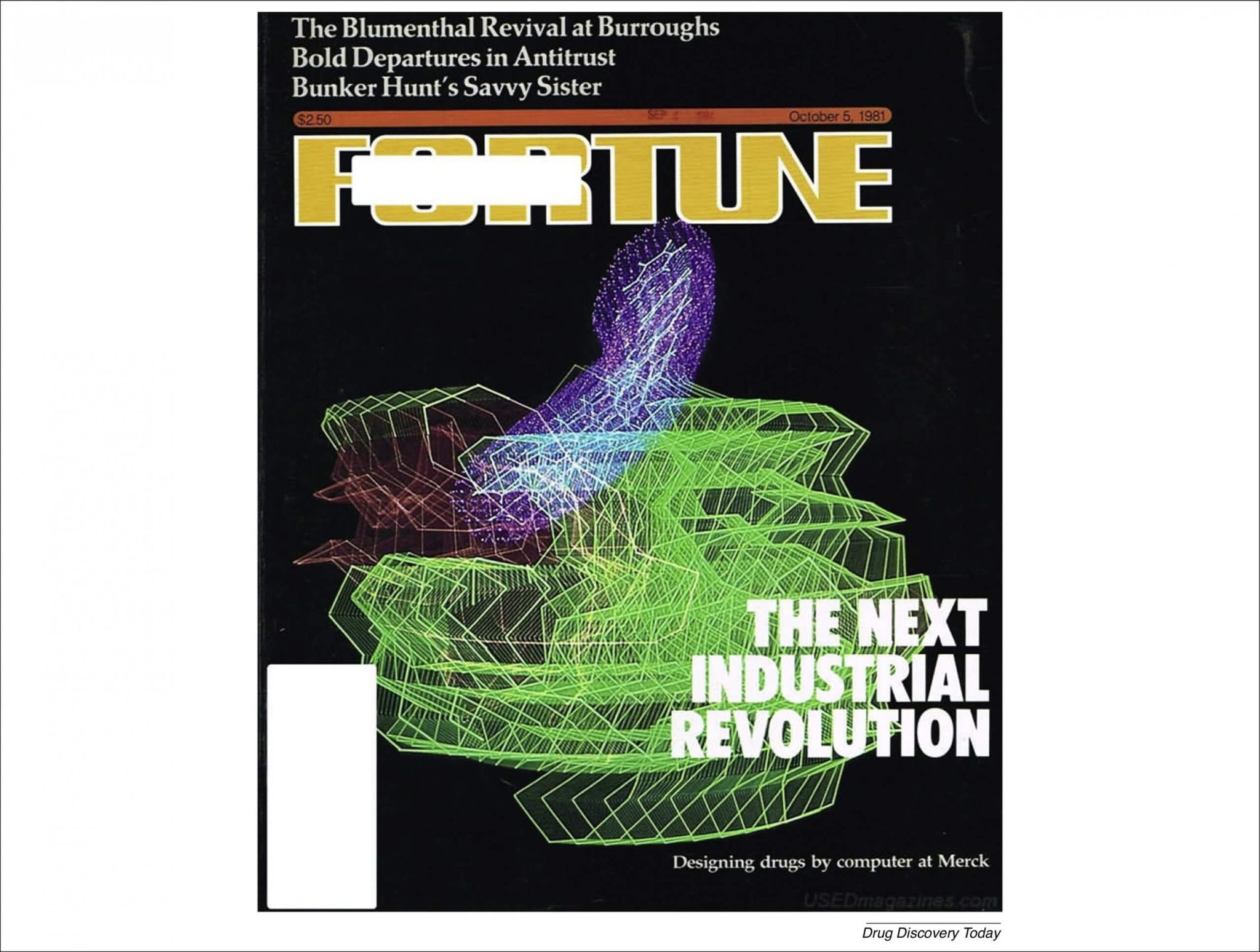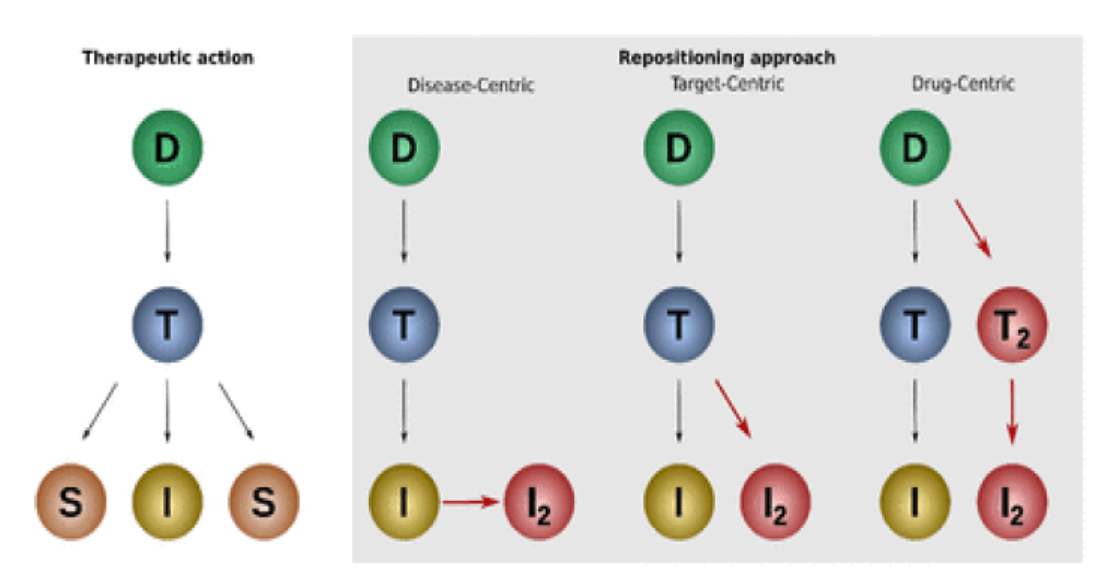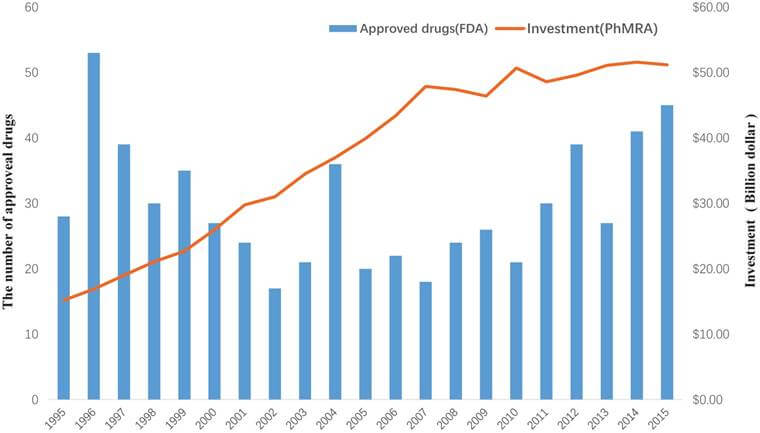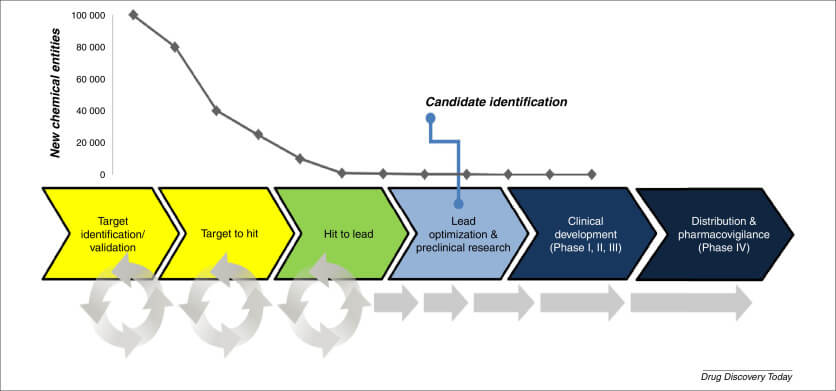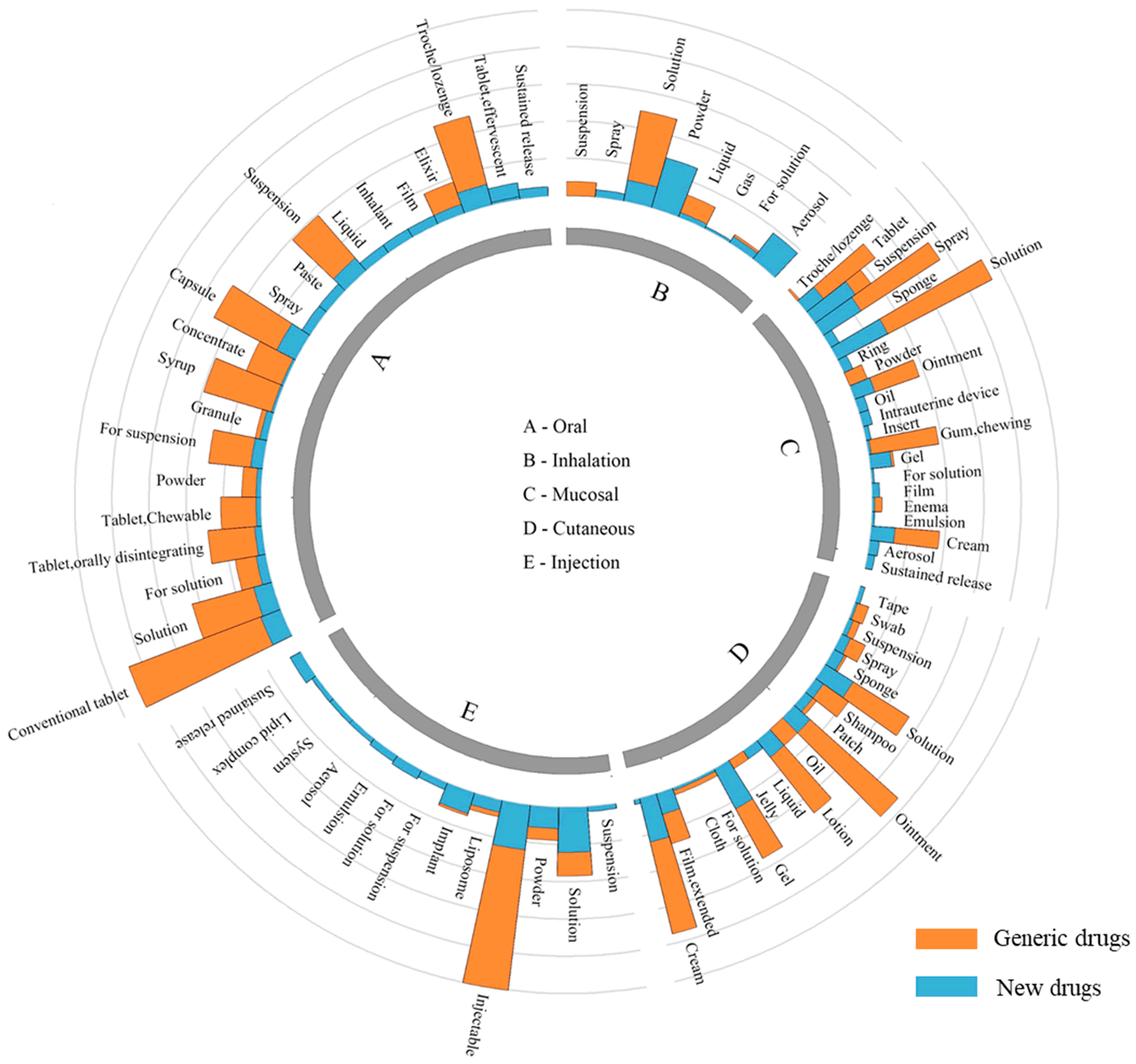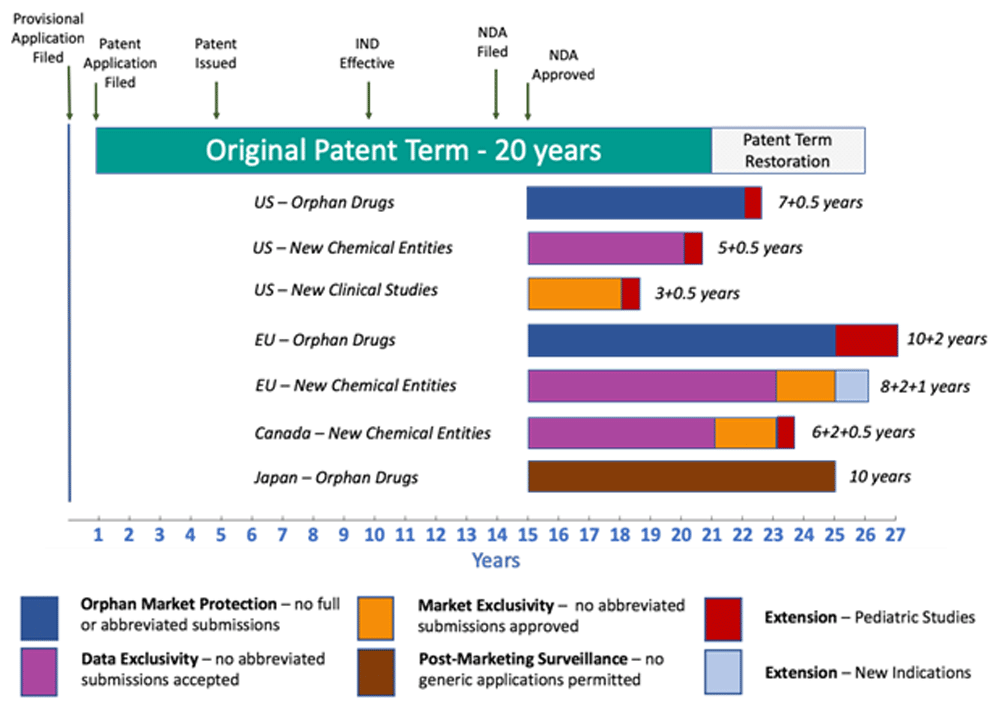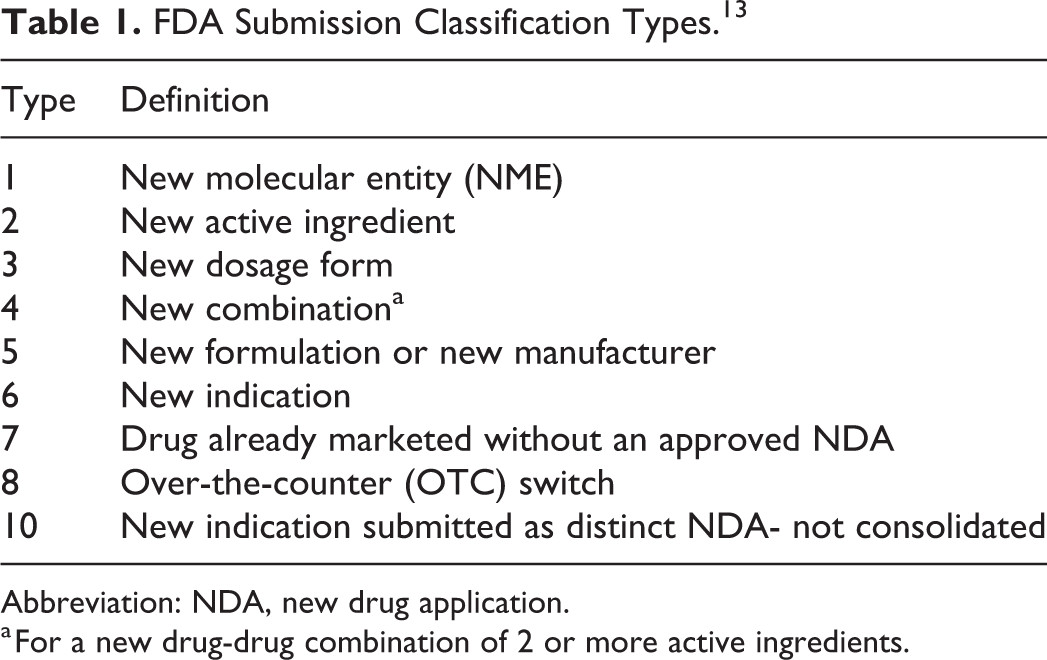
In the fiercely competitive pharmaceutical industry, securing and enforcing patents is crucial for recouping the massive investments required to bring a new drug to market. With billions of dollars at stake, drug companies employ innovative strategies to maximize patent protection and fend off generic competition.
The Patent Thicket Approach
One common tactic is creating a “patent thicket” around a blockbuster drug. This involves obtaining multiple patents covering various aspects of the drug, such as its compound, formulation, manufacturing process, and methods of use. “By obtaining a multitude of patents, pharmaceutical companies can extend their monopoly well beyond the initial patent expiration,” explains patent attorney Sarah Walters.[1]
For example, Pfizer’s Lipitor (atorvastatin), one of the best-selling drugs of all time, was protected by a formidable patent thicket. “Pfizer secured over 20 patents covering different aspects of Lipitor, allowing them to maintain exclusivity for over 14 years after the initial compound patent expired,” says Walters.[1]
“By obtaining a multitude of patents, pharmaceutical companies can extend their monopoly well beyond the initial patent expiration.” – Sarah Walters, Patent Attorney
Evergreening Through Incremental Innovation
Another strategy is “evergreening,” where drug makers obtain follow-on patents for incremental innovations related to an existing drug. These can include new formulations, dosage forms, delivery methods, or even new therapeutic uses.
“Evergreening allows companies to effectively reset the patent clock and maintain market exclusivity for years after the original patent expires,” notes Dr. Mickey Ferri, a pharmaceutical economics expert.[1]
AstraZeneca’s heartburn drug Prilosec (omeprazole) is a prime example. As the initial patent neared expiration, AstraZeneca patented an improved formulation called Nexium (esomeprazole). This allowed them to switch patients to the new, patent-protected version and maintain their monopoly.[3]
Challenging Generic Entry with Litigation
When generic manufacturers attempt to enter the market, brand-name drug companies often turn to aggressive litigation tactics. Under the Hatch-Waxman Act, generic firms must certify that their product does not infringe any valid patents or that the patents are invalid.[2]
“This prompts brand-name companies to file patent infringement lawsuits, which can automatically trigger a 30-month stay on generic approval,” explains Walters. “This buy time allows them to assert their patent rights and potentially delay generic entry.”[1]
In some cases, brand-name firms have been accused of filing frivolous lawsuits or amending patents with minor changes to restart the 30-month clock, a practice known as “product hopping.”[5]
Antitrust Scrutiny and Policy Debates
While these strategies are legal, they have drawn scrutiny from antitrust authorities and policymakers concerned about their impact on drug prices and innovation. The FTC has challenged certain practices, such as “pay-for-delay” deals where brand-name companies pay generics to delay market entry.[5]
Critics argue that strategic patenting stifles competition and innovation by erecting barriers for generic and biosimilar firms. “Evidence from the pharmaceutical industry confirms that strategic patenting reduces incentives to engage in genuine and meritorious innovation,” notes a study published in the Journal of Antitrust Enforcement.[5]
However, drug companies contend that robust patent protection is essential for incentivizing the massive investments required for drug development. “Without the ability to recoup their costs through a period of market exclusivity, pharmaceutical innovation would grind to a halt,” argues Dr. Ferri.[1]
As the debates rage on, drug patent enforcement strategies will likely continue to evolve, shaping the future landscape of pharmaceutical competition and access to affordable medicines.
[1] [2] [3] [4] [5]
Citations:
[1] https://calawyers.org/publications/antitrust-unfair-competition-law/competition-fall-2021-vol-31-no-2-patents-and-antitrust-in-the-pharmaceuticals-industry/
[2] https://crsreports.congress.gov/product/pdf/R/R46679
[3] https://www.ncbi.nlm.nih.gov/pmc/articles/PMC3146086/
[4] https://pubs.acs.org/doi/10.1021/acsmedchemlett.9b00201
[5] https://www.ncbi.nlm.nih.gov/pmc/articles/PMC7592140/

